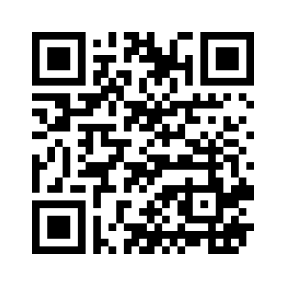Dream interpretation has been a captivating and enigmatic practice dating back to antiquity. In the modern context, it serves not only as a bridge to our subconscious but also as a tool for personal development. By exploring the hidden messages and symbols in our dreams, we can gain insights into our innermost thoughts, confront unresolved issues, and enhance our emotional and psychological growth.
The Foundation of Dream Interpretation
Dream interpretation relies on the belief that dreams are more than random brain activity during sleep. They are meaningful narratives constructed by the subconscious that communicate complex emotions, desires, and conflicts.
Historical Perspectives
Historically, figures like Sigmund Freud and Carl Jung have contributed significantly to the field. Freud viewed dreams as expressions of repressed desires and unfulfilled wishes, while Jung considered them gateways to the collective unconscious, offering insights into universal archetypes and personal individuation.
Modern Approaches
Today, psychologists and therapists use dream interpretation as part of therapeutic practices such as psychoanalysis and cognitive-behavioral therapy. It helps individuals understand their emotional responses and discover hidden aspects of their personality.
How Dream Interpretation Fosters Personal Growth
Self-Awareness
Interpreting dreams can significantly increase self-awareness. By recognizing recurring themes or symbols, individuals can identify their fears, desires, and conflicts. This awareness is the first step toward meaningful change and personal development.
Emotional Resolution
Dreams often present scenarios that reflect our emotional struggles. Interpreting these dreams allows individuals to address and work through emotions that may be difficult to face in waking life. This process can lead to greater emotional resilience and a more balanced psyche.
Problem Solving
Dreams can sometimes present solutions to problems or creative ways of overcoming obstacles. By paying attention to these solutions and applying them in the real world, individuals can enhance their problem-solving skills and creativity.
Practical Steps in Dream Interpretation
Keeping a Dream Journal
One effective way to engage with dream interpretation is by keeping a dream journal. Writing down dreams upon waking helps preserve details that are often quickly forgotten. Reviewing this journal can help identify patterns or recurring symbols that are significant for personal growth.
Seeking Professional Guidance
While personal analysis is beneficial, working with a trained psychologist or a dream analyst can provide deeper insights. Professionals can help decode complex dream symbols and guide individuals through the personal insights they uncover.
Integrating Insights into Daily Life
The ultimate goal of dream interpretation in the context of personal development is to integrate these insights into daily life. Applying what one learns from dreams can lead to more authentic and fulfilling life choices.
Dream interpretation is a powerful tool for personal development. It bridges the conscious and subconscious minds, offering insights that can lead to profound personal growth and emotional well-being. By embracing the mysteries of their dreams, individuals can unlock new dimensions of their psyche, fostering a deeper understanding of themselves and their place in the world.






